The human compensation scandal caused a sudden turnaround… [Interview] Tsuyoshi Wada, SoftBank: “My First Meeting with Daisuke and the Unexpected Email That Changed Me”.
Soon to be 43 years old and in his 22nd year as a professional pitcher, the oldest player in the Pacific League will be in the opening day rotation again this season.

It was an unexpected start to the year.
Nikkan Sports” (January 11) reported that Seibu had selected Takeshi Wada (42), the face of the team, as compensation for Hotaka Yamakawa, who had joined SoftBank as an FA. However, the story took a sudden turn that same evening. Softbank announced that Nao Kaino (27) would be transferred to Seibu. FRIDAY” interviewed Wada at the end of last year. We would like to introduce the voice of a veteran player who is always ready to “retire.
When we asked the oldest pitcher in the Pacific League, who will turn 43 in February, about his goals for this season, he wrote them down in pen on a piece of colored paper without hesitation.
Double-digit wins!
Softbank’s Takeshi Wada. He is a veteran pitcher in his 22nd year as a professional. Wada, who has already been assured a spot in the starting rotation for the season, explains his thoughts on his goal of “double-digit wins.
Young players can just say, ‘There’s always next year,’ even if they fail. But when you reach my age, you have no choice but to quit. As a rotation pitcher, if you don’t produce results, there is no point. One yardstick is double-digit wins. I pitch with the determination to retire at any time.”
Of course, the road to staying active until the age of 43 was not smooth. Here is a look back at Wada’s baseball career in his own words.
May I take a picture with you?
Influenced by his father, who was a member of the Nisshidai University baseball team and once won the top batting title in the Tokyo Metropolitan University League, Wada began playing baseball when he was in the first grade of elementary school. He went on to high school at Hamada High School (Shimane Prefecture) near his parents’ home. In the summers of 1997 and 1998, he participated in the Koshien National High School Baseball Championships. There, he had a fateful encounter. He saw Daisuke Matsuzaka, 43, of Yokohama High School (Kanagawa Prefecture), who was dubbed “the monster of the Heisei era,” in action.
He was in the same grade as me, but he was a class above me,” he said. I think it was right before the opening ceremony of the 1998 summer Koshien. I remember I asked Daisuke if I could take a picture with him, and we took two commemorative shots.
Wada, who went on to study at Waseda University, imitated his idol Matsuzaka in every way, from his mound behavior to the way he swept the plate, and it was thanks to this that he was able to go from throwing a straight ball at 125 km/h to throwing 140 km/h at all times.
I saw the difference between Daisuke’s right arm and Wada’s left arm, so I flipped them around in the mirror and compared them to my own. What gave me a hint was how to use my arm to hold the glove. When I shifted my weight, I built a wall to stop my body with my arms, and then I moved forward at once. The power of my lower body was transferred well, and I was able to throw the ball with more power.
Wada’s straight ball is not the fastest among university students, but it is very sharp. However, it is extremely sharp, and even at 140 km/h, he can strike out the ball very easily, setting the all-time strikeout record (476) in the Tokyo Rokugaku University League. He says he now has confidence that he can make it as a pro.
After graduating from Waseda University, Wada joined Daiei, the predecessor of Softbank, as a free agent. He was finally on the same stage as Matsuzaka.
Wada said, “I used to use honorifics until I was a student because Daisuke had a very different track record from me. I stopped using honorifics after I became a teammate of the Japanese national team in the qualifying round for the 2003 Athens Olympics, which was held after I became a professional player. Daisuke asked me frankly, “How are you? and he spoke to me frankly. It was as if God had brought me down from the clouds to the ground.
It was Matsuzaka who triggered his awakening as a professional baseball player in his second year, against Seibu in April 2004. It was the first direct confrontation between the two pitchers.
It was a great feeling to finally be able to pitch in the same place. If I could win here, something would change,” he said.
It was a breathtaking pitcher’s duel. Matsuzaka threw a 150 km/h fastball, and Wada threw a crisp pitch, both pitching straight pitches. In the end, the score was 0-1, and Wada was the losing pitcher, but he remained on the mound with Matsuzaka until the end.
Of course I felt frustrated. But it was a strange feeling. I wanted to pitch more, and I wondered if it was already over. It was a game that entered a different phase in my consciousness as a professional. I seriously thought I wanted to raise the bar even higher.”
The next day’s sports paper was pleased with Wada. The next day, the Seibu coach was pleased with Wada.
I would rather watch a game like this from the stands, drinking beer, than from the bench.
Even the opposing team’s coach was intoxicated by his own pitching. Wada’s confidence grew.
However, Wada could not beat Matsuzaka easily. It was not until their fourth meeting in April 2005 that he finally got his first win. Wada pitched eight scoreless innings and defeated Matsuzaka. After the game, he received an unexpected message.
Takeshi, nice pitching today. But I won’t let you beat me next time.
The sender was Matsuzaka.
I was so relieved that I got on the bus. I checked my cell phone and found a text message from Daisuke. I was so disappointed that I couldn’t praise the other pitcher. It was the moment I realized how big Daisuke was, both as a pitcher and as a human being.
Wada later moved to the United States and tried his hand at pitching in the major leagues. In the U.S., Wada continued to pitch with a straight bat. He also learned to throw a two-seam that moved in the batter’s hands. He returned to Japan and in his seventh season in 2010, at the age of 41, he hit 149 km/h, his fastest ever.
One of my goals when I first joined the pro ranks was to pitch as a starter even when I was 40 years old. I never thought I could really achieve it. …… The reason I was able to keep going until this age is because I run more than anyone else. I can’t run as much anymore as I did when I was younger, but I am confident that the amount of practice I do is as good as any other athlete. Even now, my biggest weapon is my straight. I am prepared to quit when it no longer works. I am not afraid. Rather, I am looking forward to experimenting to see how far I can go.
Wada has passed the age of 50 and is still growing. It would not be a dream for Wada to be in the same position as Masashi Yamamoto, formerly of Chunichi, and to hold down a rotation spot at the age of 50.
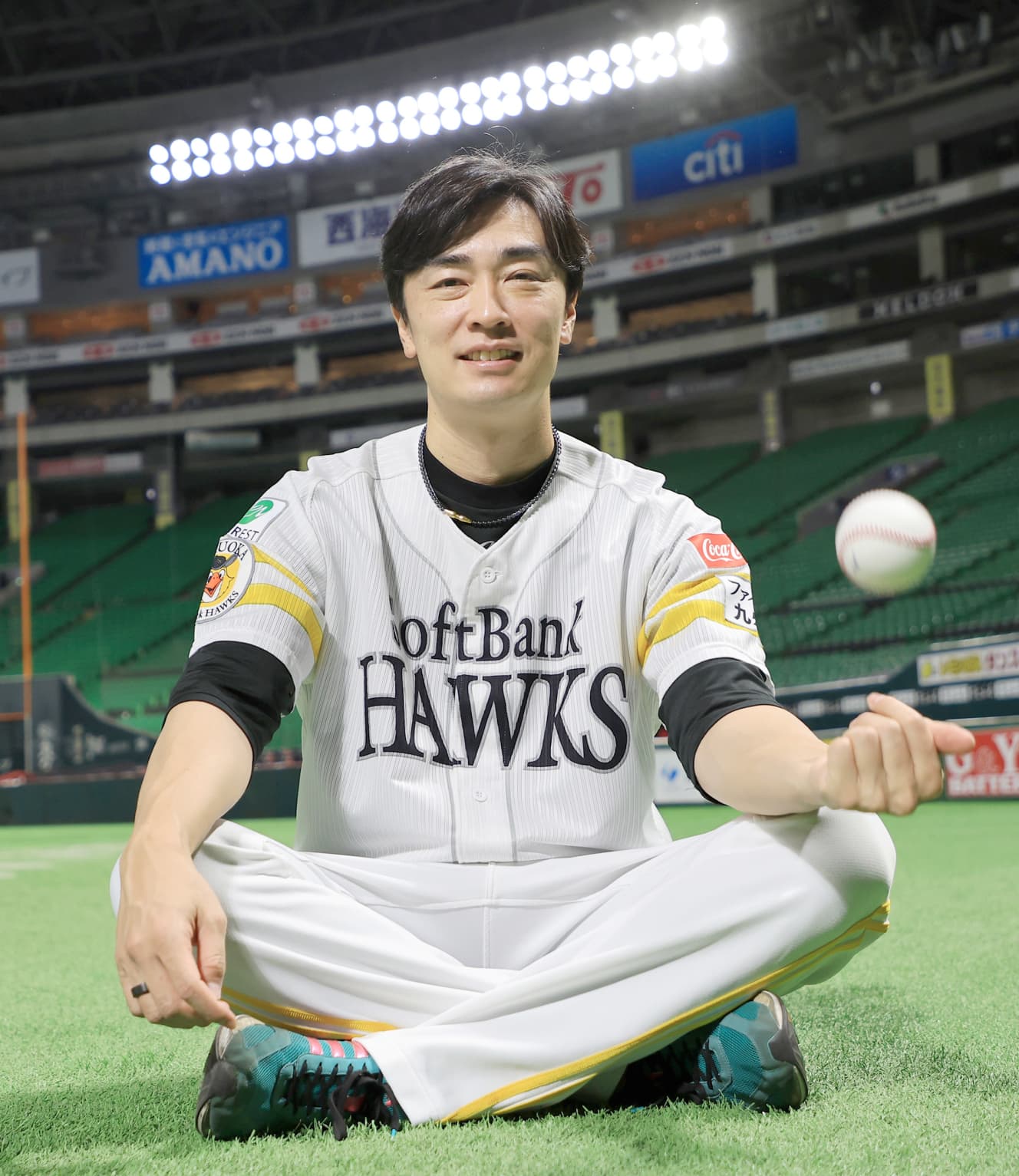
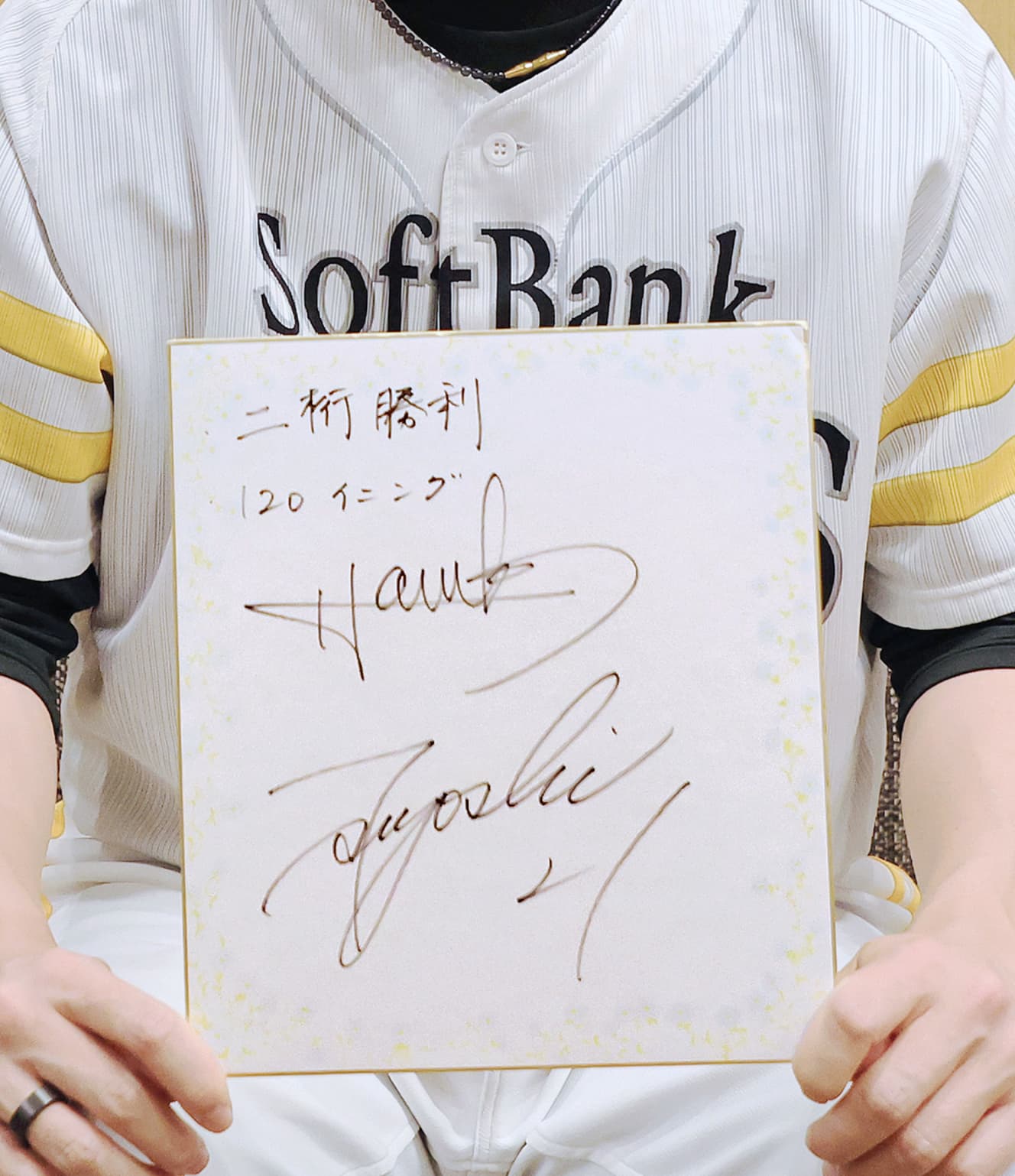
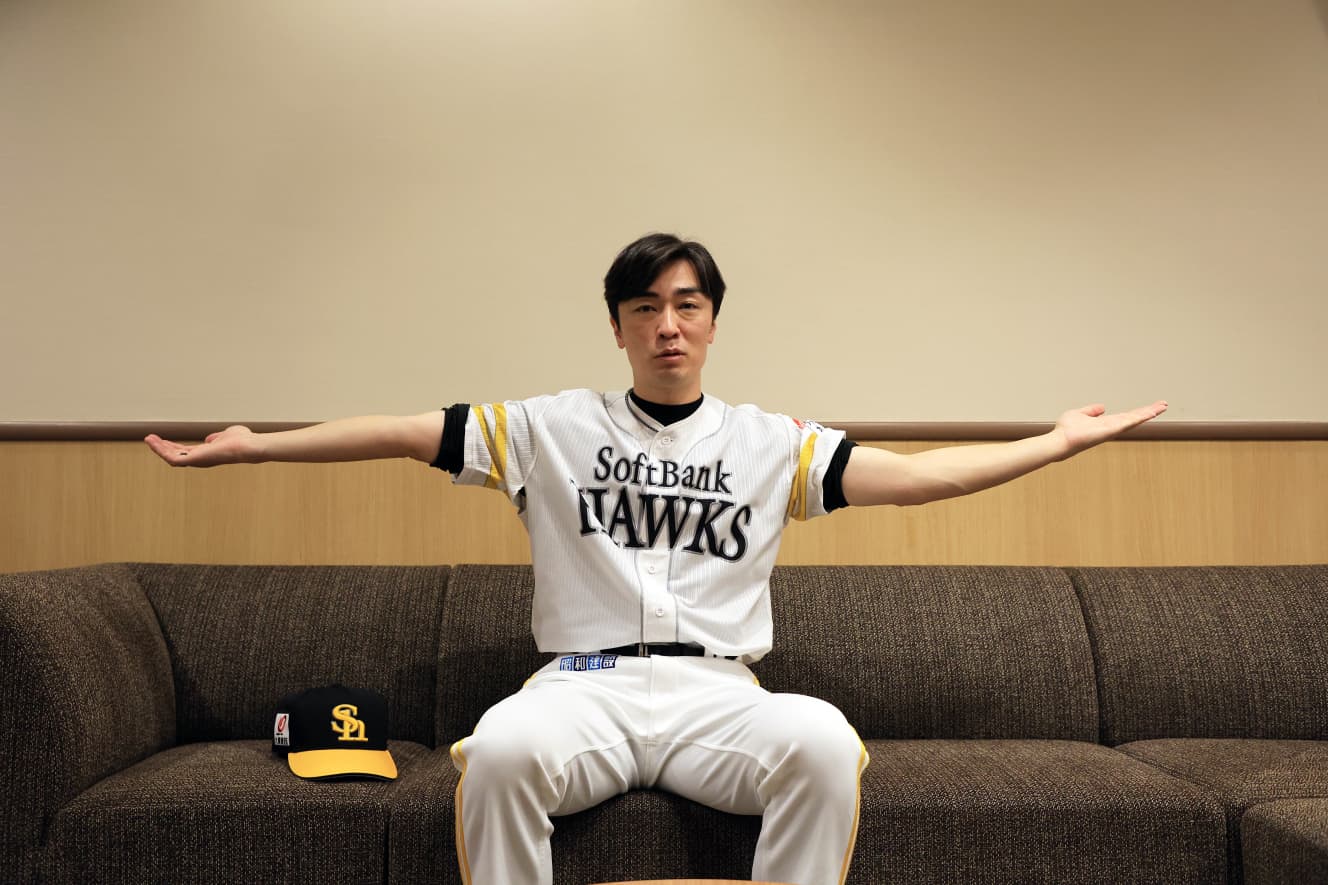
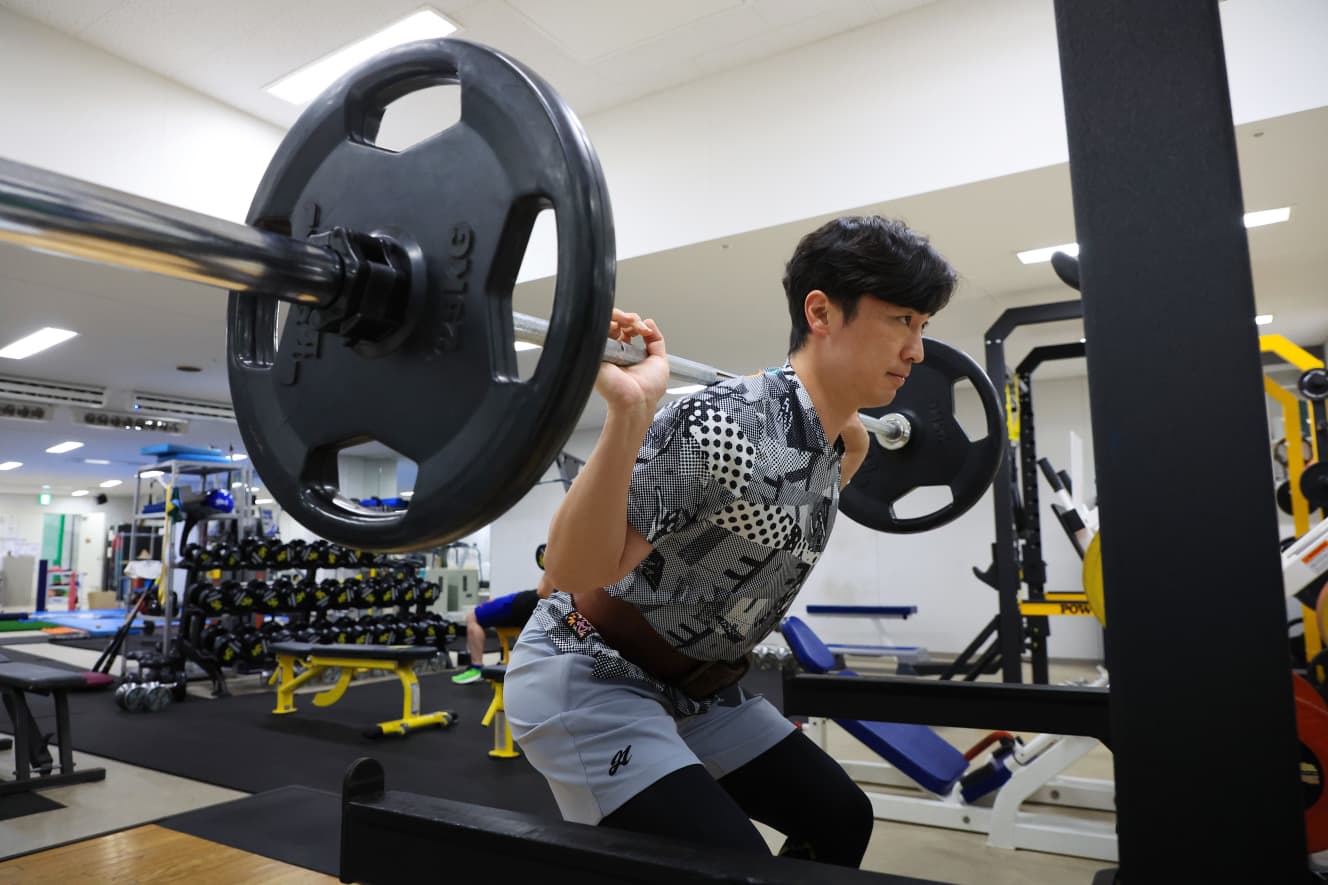
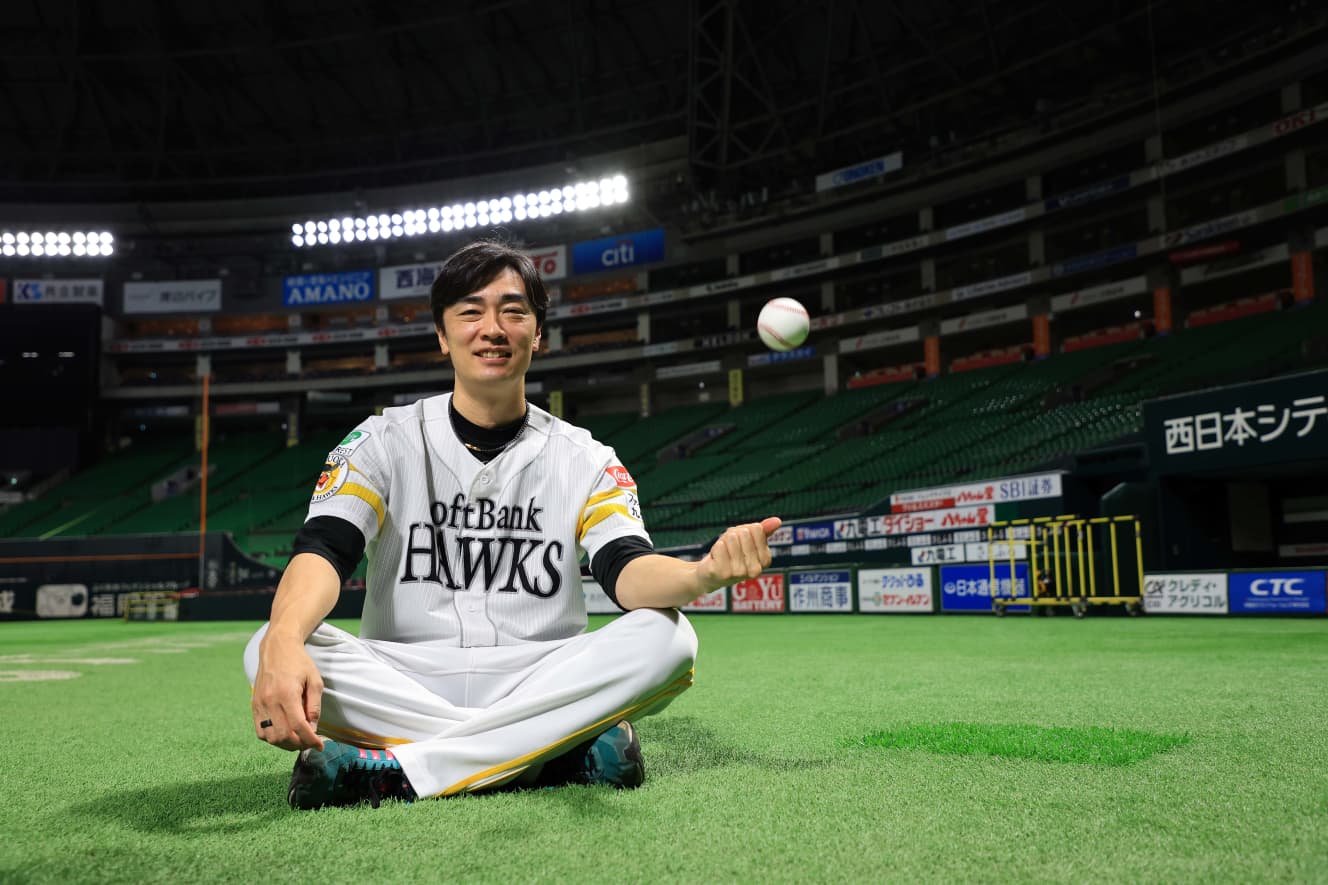


From the January 26, 2024 issue of FRIDAY
PHOTO: Ryoji Shigemasa